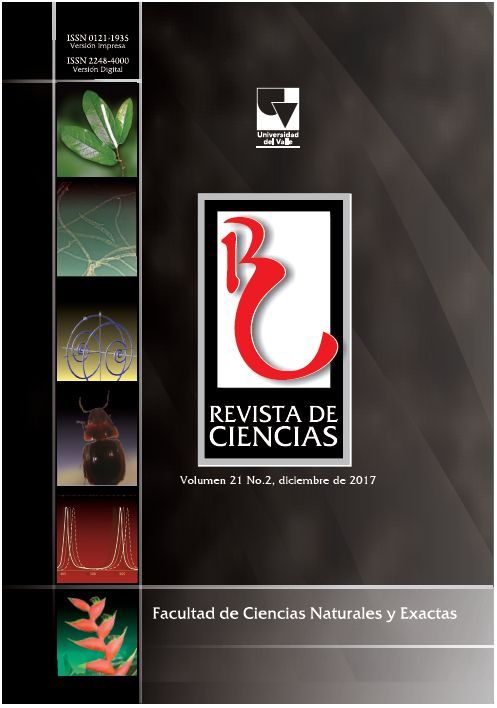Prevalence and Antimicrobial Susceptibility of Potentially Pathogenic Bacteria and Fungi Isolated from Public Parks of Bogotá, Colombia
Contenido principal del artículo
Regular interactions of humans with their environment, animals and different microorganisms as part of everyday routine can cause several infections or diseases that can become a public health problem if these are not properly controlled. It is necessary to identify potentially pathogenic bacteria (with its antimicrobial resistance) and fungi, and their prevalence in public parks in Bogotá city. Four parks were evaluated, where samples were taken from dog’s feces and hair, recreational items and environmental material, to perform the microorganism’s isolations. The higher prevalence percentages in each sort of sample were for Escherichia coli, Staphylococcus epidermidis, Staphylococcus aureus, Rahnella aquatilis, Penicillium spp, Cladosporium spp. and Mucor spp. and there were pathogenic species like Salmonella enteritidis and Klebsiella pneumoniae. We report a strain of S. aureus with intermediate resistance to vancomycin (VISA) found in recreational items. The higher rates of antibiotics resistance like ampicillin and trimethoprim were found in the isolations from dog’s feces. Some species or genera reported are considerated as opportunistic pathogens; however, these and the pathogenic species reported represent a threat to human health and this is why it is essential to have a personal hygiene plan after stay at a park.

Esta obra está bajo una licencia internacional Creative Commons Atribución-NoComercial-CompartirIgual 4.0.





